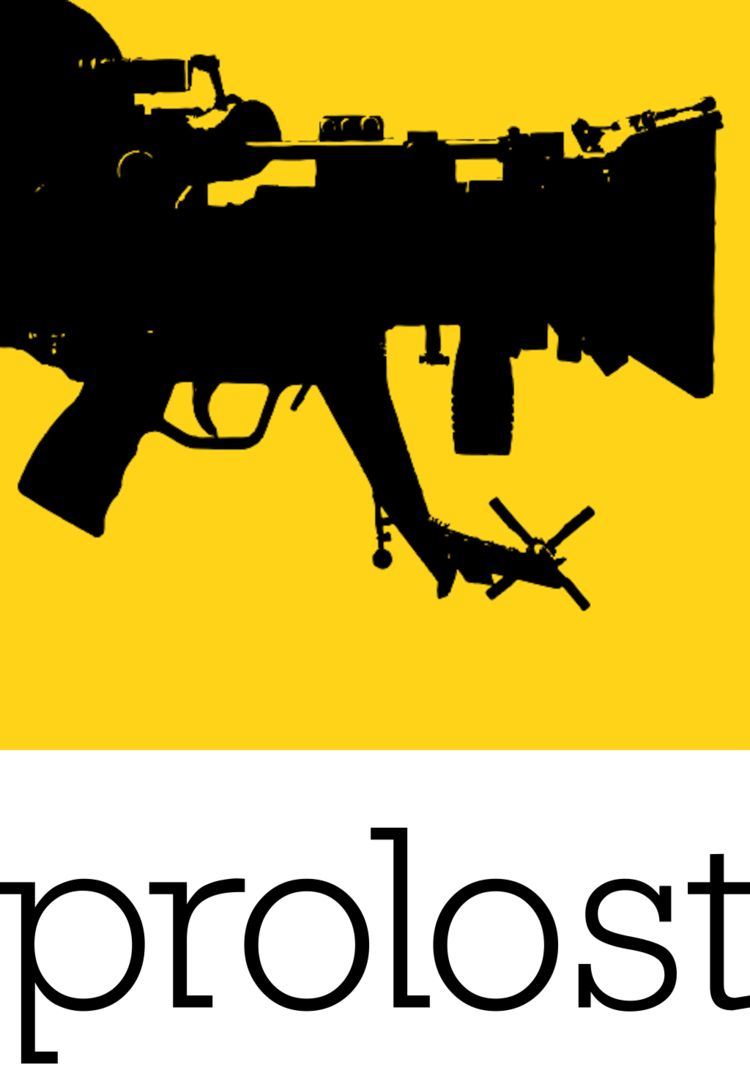Everyone got all excited today about the rumor that Canon might build a camcorder around an APS-C sensor. APS-C is the sensor size that Canon uses in everything from the Digital Rebel line to the 50D, and it’s not that different from Super 35 motion picture film, or the RED One. It’s only a little bigger than the Four Thirds size that Panasonic is using in the GH1.
Click to embiggen
Canon Rumors then posted a follow-up with more alleged insights into Canon’s strategy, including this gem regarding DSLRs:
People in charge think that 30fps on 720p and 1080p is very good and will not improve it on this generation. PAL 25p is too close to 24p and is not contemplated as an option for now.
Hear that? It’s the sound of every filmmaker on the planet flipping off Canon with one hand while they Click To Buy a GH1 with the other. Except those that weren’t planning on making any films until 2010 that is.
These are just rumors, of course—and unattributed, incoherent non-quotes that don’t ring true to me (and are widely regarded as sketchy), so I’m holding my tongue (and my new 5D Mark II, more on that later). I wasn’t even going to post anything about this, but folks were starting to post comments about the camcorder rumor, so I thought I’d give y’all a proper place to do it.




